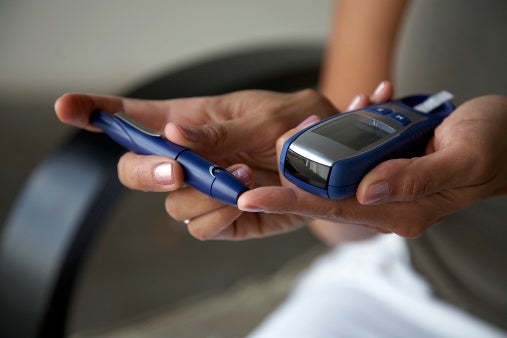
As part of the Health Center Program Quality Improvement (QI) Initiative, HRSA is working with health centers and other partners to build a continuous learning health system that uses data-driven quality improvement practices and shares promising practices and lessons learned. HRSA has committed to share promising practices as one of many strategies for improving diabetes outcomes and lowering health care costs.
While gathering diabetes promising practices, we learned health centers that are performing well in the diabetes control measure engage in certain core activities, including:
- Ensuring complete and accurate documentation in the electronic health record to capture, in structured fields, data for the diabetes control and weight screening measures, foot and eye exams, and other relevant diabetes care information;
- Using patient data to develop a diabetes registry and gap list, identifying patients who need guideline-based tests and procedures or other specialized care;
- Following up with patients who are due or overdue for guideline-based care;
- Establishing a personalized diabetes management or action plan for each patient with pre-diabetes or a diabetes diagnosis;
- Providing education and support to patients and their families on lifestyle modifications and adherence tools, with the support of multidisciplinary team members, such as diabetes health educators, nurses, dieticians, community health workers, or clinical pharmacists;
- Addressing social risk factors by establishing partnerships with community based organizations, such as food pantries, farmers markets, and fitness programs.
The following promising practices highlight innovative programs that health centers and other partners are using to help manage diabetes among their patients.
- DFD Russell Medical Centers Use Community Partnerships to Help Manage Diabetes
- Health Partners of Western Ohio Use Prediabetes Screening to Prevent and Diagnose Diabetes
- Morovis Community Health Center Uses Home Visits to Manage Diabetes after a Hurricane
- Pennsylvania Association of Community Health Centers Launches Lifestyle Coach Training to Prevent Diabetes
- Share Our Selves Uses Medication Therapy Management (MTM) to Help Control Diabetes
- Southcentral Foundation Uses Data and Community Health Aides to Manage Diabetes

